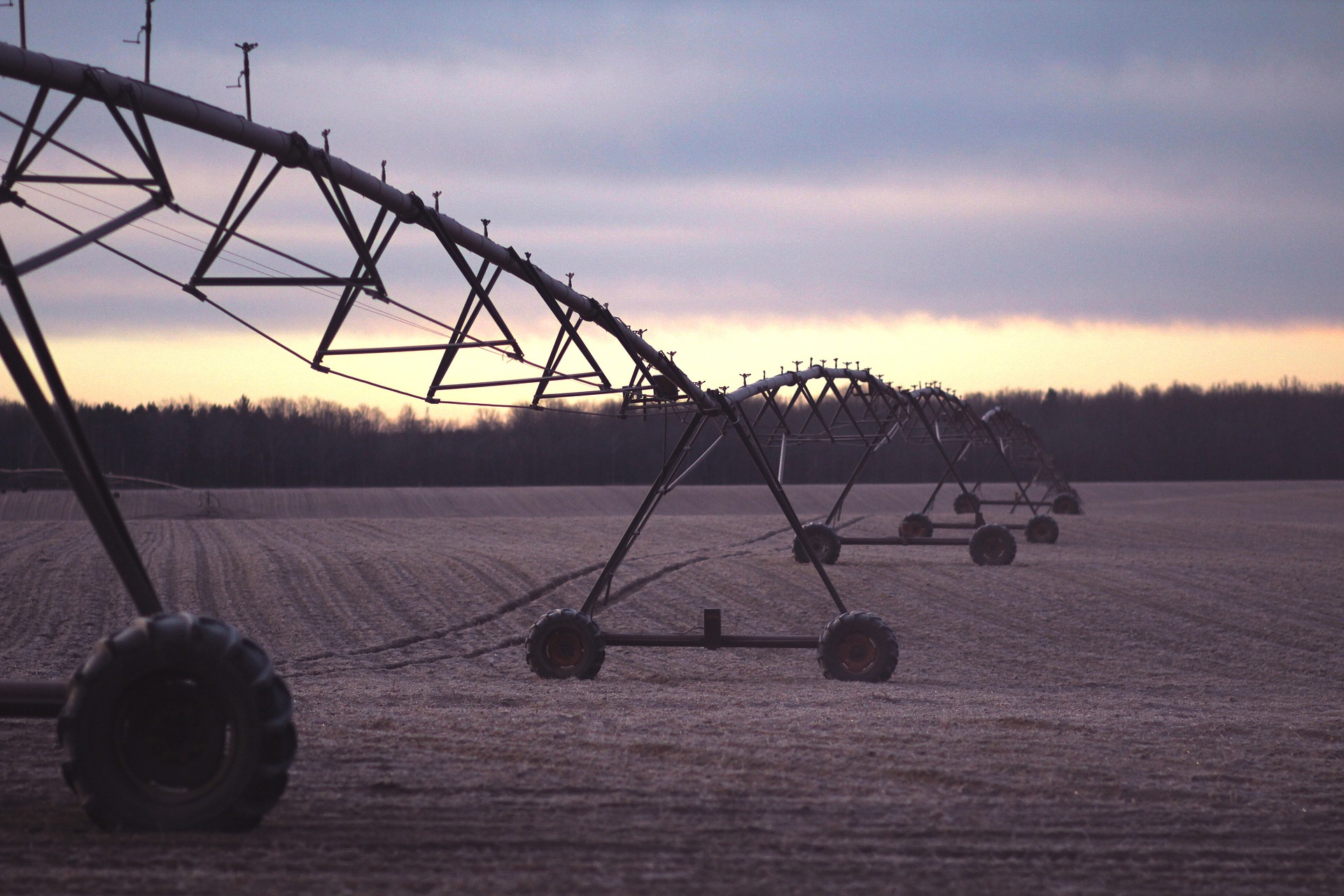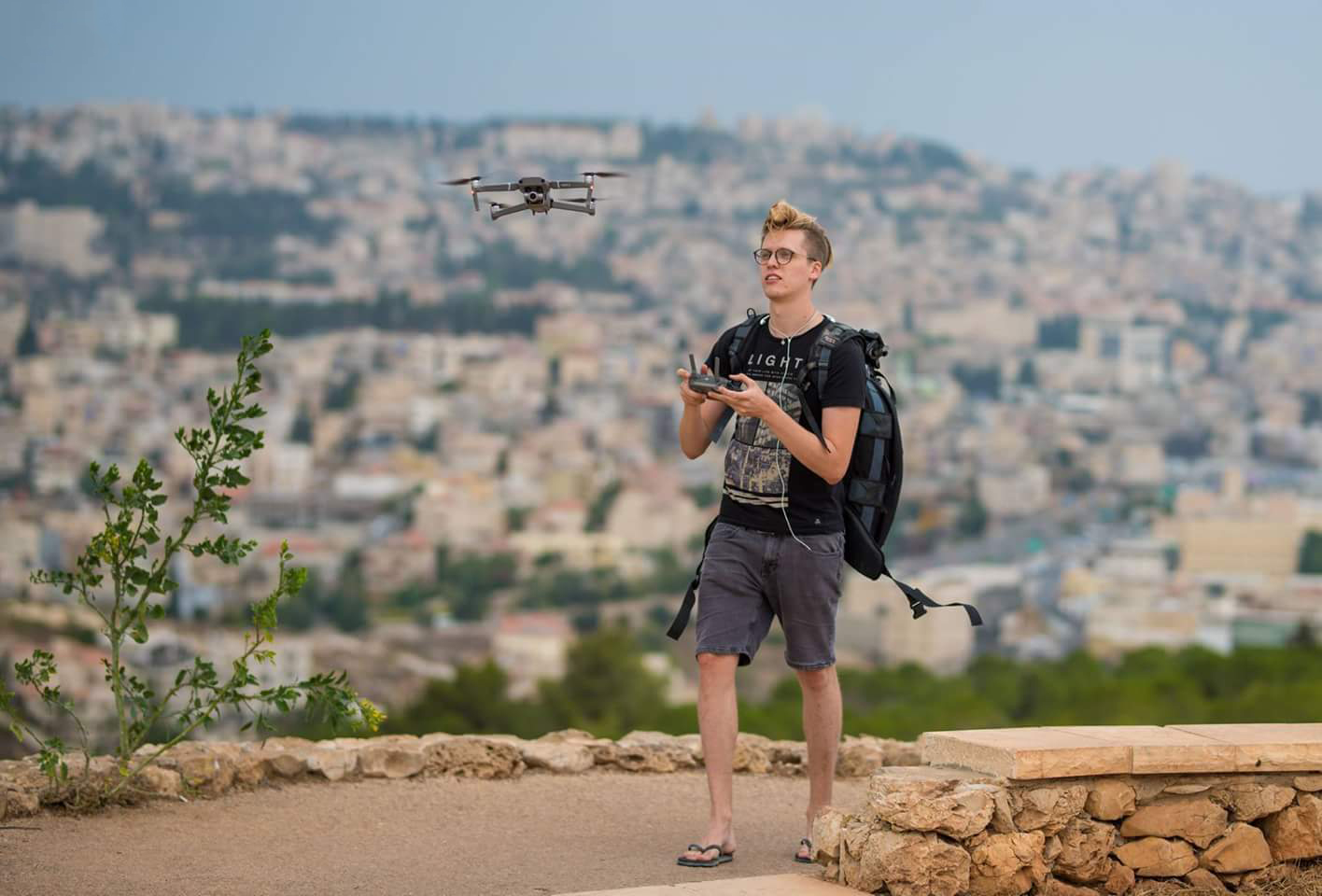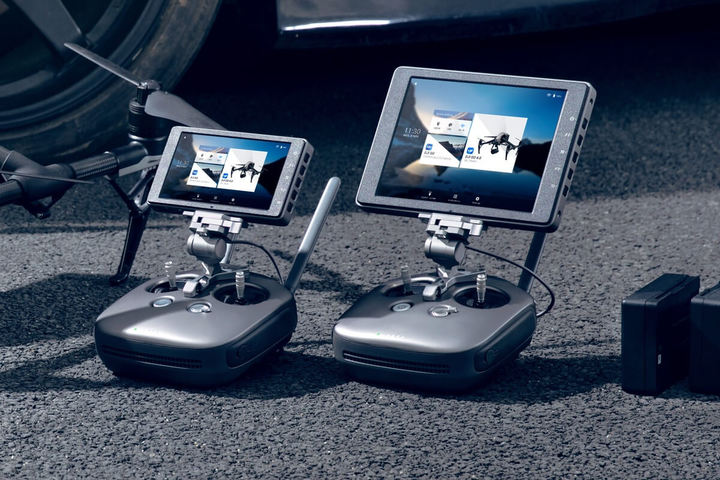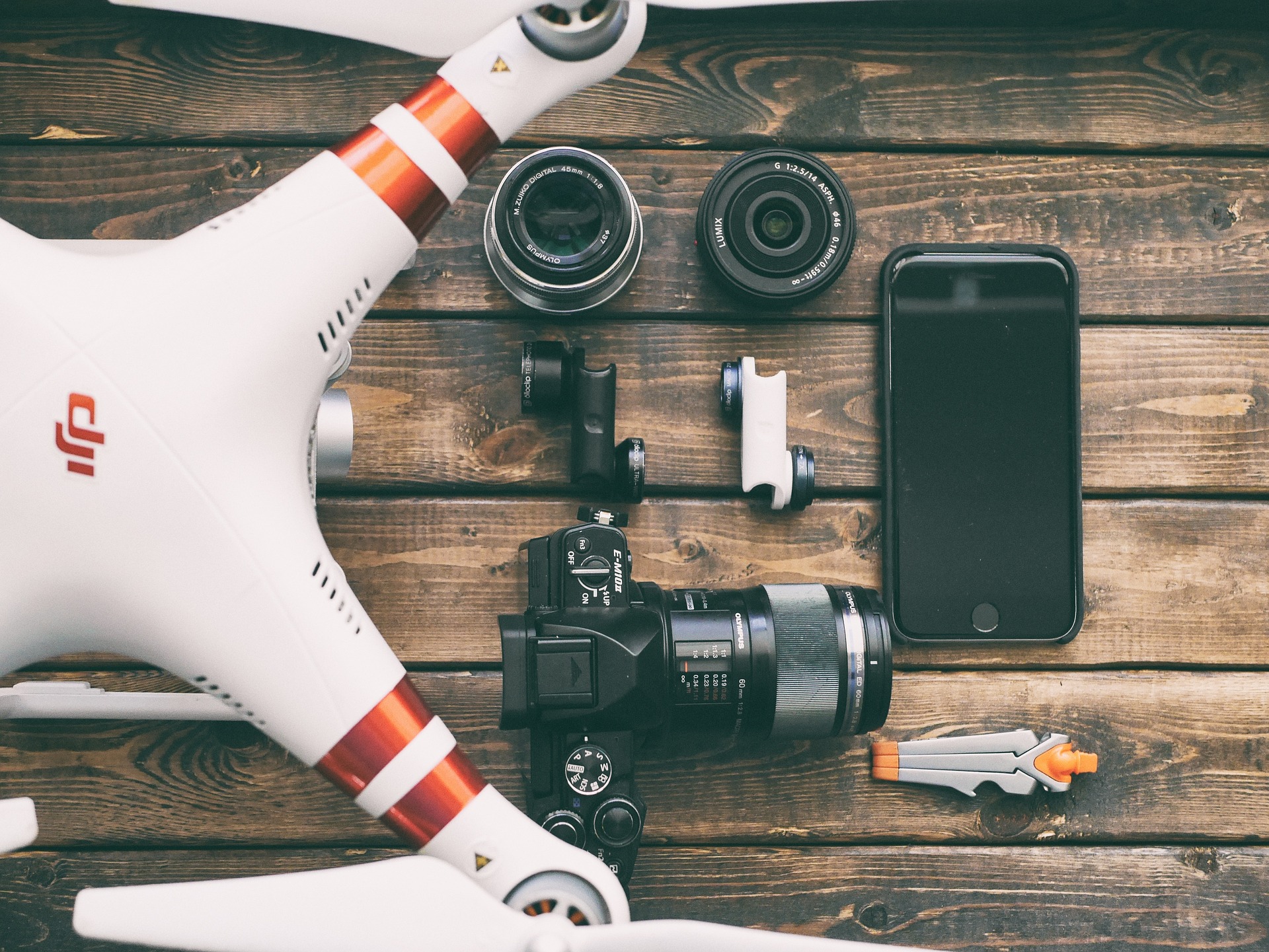During the Neolithic revolution, humanity set aside its hunting and gathering lifestyle and turned towards agricultural life. Ever since then, farmers have led the world in adopting new technologies.
The result has been a more stable lifestyle with a marked reduction in global poverty.
One of the most recent pieces of technology adopted is the agricultural drone.
Drones aren’t exactly a new technology. But the way farmers use drones in agriculture breathes new life into their practical applications. It not only makes farming more sustainable but helps farmers get the most of every yield.
What relationship do drones and agriculture have? Here are six ways drones make farming sustainable, bountiful, and less expensive.

1. Irrigation
The irrigation of crops presents a two-fold issue for population growth. First, battling long-standing droughts challenges farmers around the world.
Second, agriculture eats up 70 percent of the freshwater used worldwide.
Moreover, water remains a finite resource.
Our goal then is to get water to the crops that need it to – but to limit waste whenever possible.
They can highlight patches showing signs of stress with thermal and infrared sensors.
With the help of drone technology, you’ll reach the areas that need water most without wasting water on healthy crops. Not only will you save our most precious resource, but also boost your yields in the process.

2. Health Assessment
The health of crops in the ground contributes to the overall return. Every farmer’s goal is to identify plants in stress as early as possible to both save the plant and prevent jeopardy for the field.
Early detection of disease in humans dramatically improves the likelihood for survival – and it does the same for plants.
The use of drones makes this possible – and inexpensive – for the first time. With near-infrared sensors, it’s possible to identify a plant facing stress very early. Some sensors see signs of trouble up to 10 days before it becomes clear to the naked eye.
Having a 10-day notice to check on a plant could be the key to preventing large-scale losses.
For example, if your field is contaminated by a pest, all farmers in the area will face the same threat.
When you identify the issue before it spreads, you prevent the loss of thousands of acres of crops.
Trials of the use of drones in health assessment extend beyond crops.
They also include animals and wildlife.
During an experiment in Kenya, drones surveyed a herd before the vets on the ground could get dressed and into their car. There’s also evidence that drones could be used to spots sick animals.
“When you identify the issue before it spreads, you prevent the loss of thousands of acres of crops.”
3. Planting
Drones won’t replace traditional planting equipment in the near future, but they do make planting more accurate.
Imagine creating a precise seed-planting pattern based on multiple data points, including nitrogen-levels. Drones produce 3D maps with little effort and expense, which serve as a basis for many seed-planting applications.
Drones won’t replace the physical planting process in the next few years. But the work is important because it reduces labor costs and improves efficiency.

4. Offer Better Fertilizer Prescriptions
One of the most pressing issues faced by the agriculture sector is preserving soil quality while improving agricultural output.
Drones are particularly helpful when used in combination with soil sample data methods.
At Heartland Soil Services, the team combined their soil sample data with real conditions found in drone imagery to draw correlations in the relationship between actual soil conditions the health of their crops.
Because they used from granular aerial imagery, they were able to come up with targeted nutrient and fertilizer applications that arrived already refined.
Want to learn more? Read the full case study here.

5. Spraying for Pesticides, Fertilizers, and Herbicides
Drones like the DJI Agras MG-1 offer new levels of efficiency for established tasks like crop spraying.
How could something so small be both faster and more precise?
The MG-1 boasts a powerful propulsion system that carries a 10-kilogram payload and distributes it powerfully across 4,000 to 6,000 square meters in only 10 minutes. It sprays crops an average of 40 to 60 times faster than the manual methods while applying an even, comprehensive spray.
Not only you save precious time, but the systems economize output. The pesticide goes where it should and prevents pollution where possible.

6. Replace Satellite Monitoring
Satellite monitoring represented the most technologically advanced method of crop monitoring. Despite that, it always came with significant issues. Unpredictable weather conditions, rising costs, and image quality plagued the system.
If you could afford satellite monitoring, you needed to order in advance. You also relied on images that were only available once a day and with quality failing on several days.
DJI drones, such as the Inspire series, provide cheap, real-time aerial imaging for crop monitoring. Rather than fighting cloudy images, farmers receive images from 12-megapixel cameras and 4k quality videos.
If something gets missed, putting the drone back in the in the air is simple, inexpensive, and convenient.

Drones in Agriculture Offer a Better World
Crop failures, droughts, and waste affect agriculture and our growing population.
The use of drones in agriculture can’t prevent weather or catastrophes. But it can mitigate damage by improving monitoring efforts, detecting disease, and ensuring accuracy in both planting and irrigation.
Of all the things we love about drones, this is one of the most significant value propositions offered by the industry. Ready to learn more? Visit our blog for a roundup of DJI’s products, tutorials, and drone guides!
By the year 2050, the global population will likely reach 9.7 billion people. To feed everyone, we need to increase our agricultural output by 70 percent within the same timeframe.
Farmers have their work cut out of them, but their use of new and established technologies will help.












